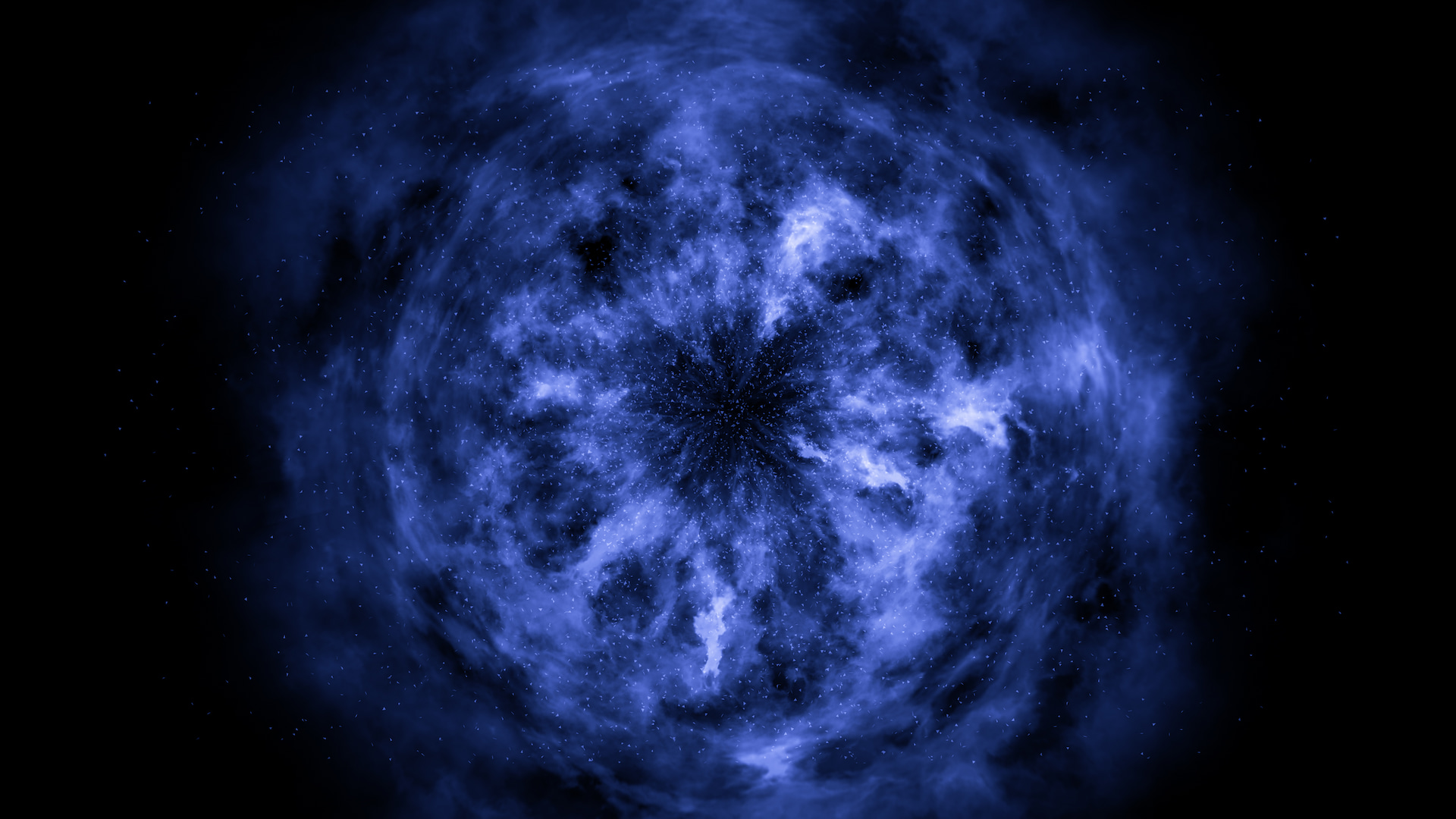The realm of particle physics, with its intricate mosaic of particles, is far from what we perceive with our naked eyes. Among all the characters in this astounding cosmic drama known as the Standard Model, only photons – the carriers of light – can be said to be somewhat discernible. Quarks, leptons of various flavors, neutrinos, gluons, W and Z bosons – all these subatomic entities remain elusive to direct observation. The enigmatic Higgs boson is no different; in fact, it took four decades of global collaboration and human engineering marvel to infer its existence indirectly.
The groundbreaking detection of the Higgs boson at the Large Hadron Collider (LHC) at CERN in 2012 marked a milestone in contemporary physics and validated the robustness of the Standard Model. The colossal ATLAS and CMS detectors at the LHC were instrumental in this discovery, providing data that shed light on the origin of the attributes of fundamental particles, such as quarks and electrons, and the organization of natural forces at the dawn of the Universe. Armed with knowledge of the Higgs, LHC scientists are now keen on probing deeper into the Standard Model, or better yet, unearthing hints of ‘new physics’ that could lead to a novel theoretical framework.
Studying something beyond our visual grasp raises crucial questions: What are we probing? What do the results tell us? The answers intertwine intricately with the delicate balance between theoretical constructs and experimental findings. The Higgs boson doesn’t simply appear; it has to be generated. Thanks to the Standard Model, we know that subatomic particles can morph into each other under the right circumstances. At the LHC, high-velocity proton collisions infuse enough energy to birth heavier particles, such as the Higgs boson.
However, creation is only one part of the story. The fleeting existence of the Higgs boson – less than a billionth of a trillionth of a second – is followed by an almost instantaneous decay into different particles as dictated by the Standard Model. This ephemeral existence of the Higgs is too short-lived for even the fastest LHC detectors to capture. This interplay between the birth and death of the Higgs underscores the reciprocal relationship between theory and experiment that lies at the heart of physics.
The significance of this relationship can’t be understated; without theory, experimental data would lack context, and without experiments, theories would remain unverified. Our first hint at the Higgs came from two unique signatures: pairs of high-energy photons resulting from the rapid decay of the Higgs, and the presence of other unstable particles originating from the Higgs decay, which further decayed into more durable particles detectable by the ATLAS and CMS detectors.
While it’s tempting to imagine detectors as snares capturing particles, in reality, the detection process is more about exploring interactions between target particles and the ones our instruments can handle (primarily photons, electrons, and muons). Even these manageable particles aren’t observed directly, but rather through specific detectors tallying the quantity and energy of the detected particles. Experimental physicists must perpetually deal with ‘backgrounds’ – distracting particle showers irrelevant to the target particles.
Recently, scientists at the LHC claimed to have detected the Higgs decaying into a photon and a Z boson (a particle responsible for the weak nuclear force) for the first time. Interestingly, instances of this infrequent decay were double the predicted rate, hinting at the possibility of new particles not accounted for in the current Standard Model. As we delve deeper into the heart of fundamental physics, armed with more sophisticated experiments, we continue to rely on increasingly indirect means of observation. It’s about creatively isolating minute effects from a sea of complex noise, leveraging advanced techniques like machine learning, as seen in the detection of rare decays. Archimedes, the renowned Greek physicist-mathematician, professed that with a sufficiently long lever, he could move the world. The LHC is arguably our longest lever yet, integrating an elaborate assortment of experimental and theoretical tools to peel back the layers of our Universe’s fundamental nature.


